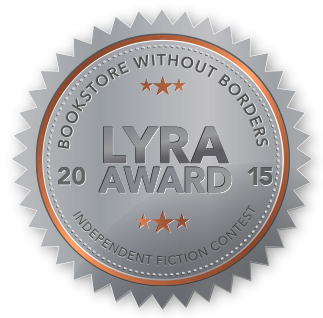What is “creative nonfiction”?
by Andreas Schroeder
It’s not clear who’s responsible for this awkward and ultimately unsatisfactory label, but since no other suggestions appear to have found sufficiently widespread acceptance, we appear to be stuck with it. Since there seems much more agreement on what the genre doesn’t include, I’ll begin with that: not included are strictly technical or instructional works, conventional newspaper reportage, and anything written in the neutral (i.e., unopinionated) third person. What is included—provided they’re written in a personal, identifiable voice—are memoirs, history, literary journalism, documentary, biography, works of social, political or cultural criticism, commentary or analysis, personal or journalistic essays, and works traditionally identified as belles-lettres.
The emphasis in creative nonfiction is on the use of inventive and dramatic techniques to support fact-based narratives. Contrary to a common misunderstanding, the adjective “creative” in creative nonfiction does not license its writers to invent details or events in the way that fiction writers may do. Rather, it gives them a similar toolbox to enrich and enliven their presentation of the facts. Using such tools, the CNF writer seeks to achieve, in the words of author Tom Wolfe, “a larger truth than is possible through the mere compilation of verifiable facts or direct quotation.”
Of course, not even our own members always agree on an exact definition of creative nonfiction. For more takes on this slippery genre, see the definitions below… or send a definition of your own to info@creativenonfictioncollective.com.
The Wikipedia definition of creative nonfiction
The Definition from Lee Gutkind, editor of Creative Nonfiction

